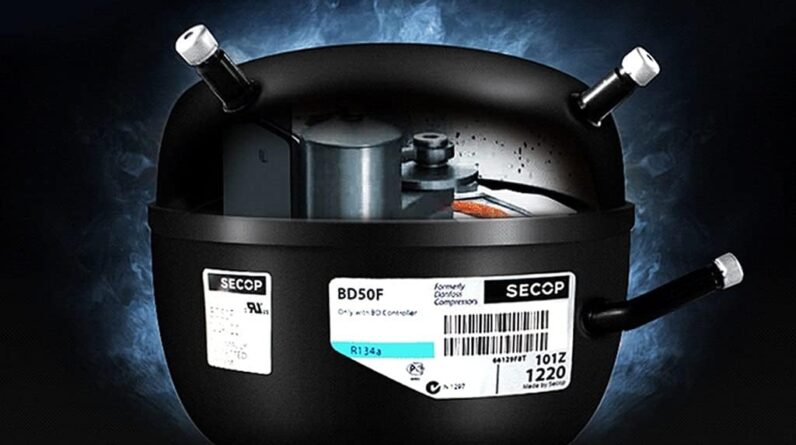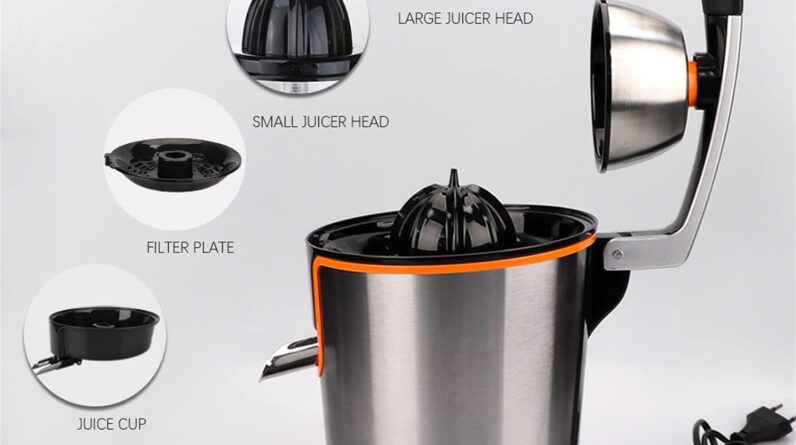
Have you ever encountered issues with your dishwasher door latch? If so, don’t worry, because this guide has got you covered! In this article, we will explore the common problems that can arise with dishwasher door latches and provide you with easy-to-follow troubleshooting steps to help you resolve them. Whether your dishwasher door won’t close properly, won’t stay closed during a cycle, or won’t open at the end, we’ve got the solutions for you. So, grab your toolbox and let’s get started on fixing those pesky dishwasher door latch problems!

This image is property of images.ctfassets.net.
Common signs of dishwasher door latch problems
When it comes to your dishwasher, a malfunctioning door latch can be incredibly frustrating. So, how do you know if you’re dealing with a door latch problem? Here are some common signs to look out for:
Dishwasher door won’t stay closed
One obvious sign of a door latch problem is when the dishwasher door simply won’t stay closed. You may try to shut the door, but it pops open again, preventing the dishwasher from running properly. This can be a result of a faulty latch mechanism or misaligned strike plate.
Dishwasher door is difficult to close
If you find that your dishwasher door is challenging to close, it could indicate a problem with the door latch. It might feel stiff or require significant force to shut properly. This issue can arise due to a worn-out latch or a build-up of dirt and debris in the latch area.
Dishwasher door won’t open
Conversely, another sign of a faulty door latch is when the dishwasher door won’t open at all. You may try to pull on the handle, but it remains stuck, making it impossible to retrieve your freshly cleaned dishes. This can be caused by a malfunctioning door switch or an obstructed latch mechanism.
Inspecting and cleaning the door latch
If you suspect that your dishwasher door latch is causing problems, here’s a step-by-step guide on how to inspect and clean it:
-
Unplug the dishwasher: Before performing any maintenance, it’s important to ensure your safety by disconnecting the dishwasher from the power source.
-
Locate the door latch assembly: The door latch assembly is usually situated on the top edge of the dishwasher door. It consists of the latch mechanism, strike plate, and any accompanying springs or wires.
-
Inspect the latch for any visible damage: Carefully examine the latch mechanism for any signs of wear, breakage, or misalignment. If you notice any issues, it may be necessary to replace the latch assembly.
-
Clean the latch area: Remove any dirt, debris, or grease buildup in the latch area. Use a soft cloth or a mild cleaning solution to gently wipe away any residues. Taking a few moments to clean the latch can often resolve minor latch issues.
-
Check for proper alignment: Ensure that the latch mechanism and strike plate are correctly aligned. If they are misaligned, it could prevent the door from closing or opening properly. Adjust the position if necessary.
-
Test the latch by opening and closing the door: After cleaning and aligning the latch, test its functionality by opening and closing the dishwasher door. Pay attention to any changes in performance or any remaining issues.
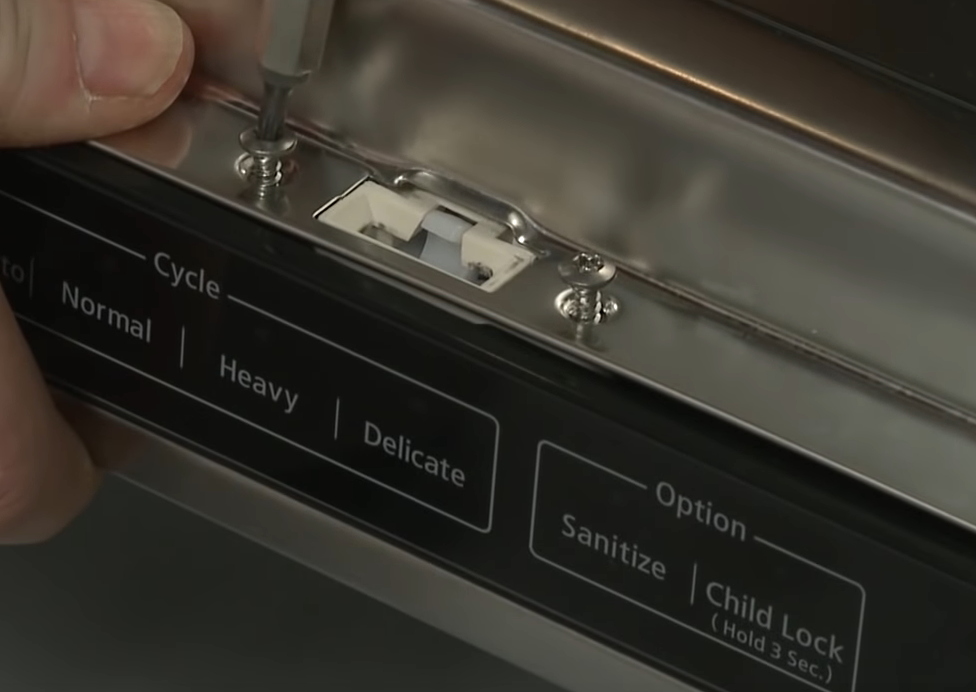
This image is property of www.investingadv.com.
Adjusting the door latch strike plate
If your dishwasher door latch problem persists, the strike plate might be to blame. Follow these steps to adjust the strike plate:
-
Remove the strike plate: Unscrew the strike plate from the dishwasher frame, taking care not to damage the surrounding area.
-
Inspect the strike plate for any damage: Check the strike plate for any signs of wear, cracks, or misalignment. If it appears damaged, consider replacing it with a new one.
-
Adjust the position of the strike plate: Carefully adjust the position of the strike plate to ensure optimal alignment with the latch mechanism. This may involve moving it up, down, left, or right, depending on the specific issue.
-
Reinstall the strike plate: Once you’ve adjusted the strike plate, securely screw it back into place on the dishwasher frame.
-
Test the latch by opening and closing the door: Finally, test the latch’s functionality by opening and closing the dishwasher door. If the problem persists, further troubleshooting may be required.
Replacing the door latch assembly
If inspecting and cleaning the latch mechanism and adjusting the strike plate didn’t resolve the issue, it may be necessary to replace the door latch assembly. Here’s how:
-
Order a replacement latch assembly: Contact the dishwasher manufacturer or an authorized retailer to order a compatible replacement latch assembly for your dishwasher model.
-
Unplug the dishwasher: Before starting any repair work, disconnect the dishwasher from the power source to ensure your safety.
-
Remove the inner door panel: Depending on your dishwasher model, you may need to remove the inner door panel to access the door latch assembly. Refer to the dishwasher manual for specific instructions.
-
Disconnect the wiring harness: Locate and carefully disconnect the wiring harness connecting the old latch assembly to the dishwasher.
-
Remove the old door latch assembly: Unscrew or unclip the old door latch assembly from the dishwasher door. Take note of the assembly’s orientation for easier installation of the new latch.
-
Install the new door latch assembly: Position the replacement latch assembly correctly and securely attach it to the dishwasher door using screws or clips.
-
Reconnect the wiring harness: Carefully reconnect the wiring harness to the new latch assembly, ensuring it is properly connected.
-
Reattach the inner door panel: If you removed the inner door panel, reattach it according to the manufacturer’s instructions.
-
Test the latch by opening and closing the door: Plug in the dishwasher and test the new latch assembly by opening and closing the dishwasher door. Ensure that the latch engages properly and the door functions smoothly.
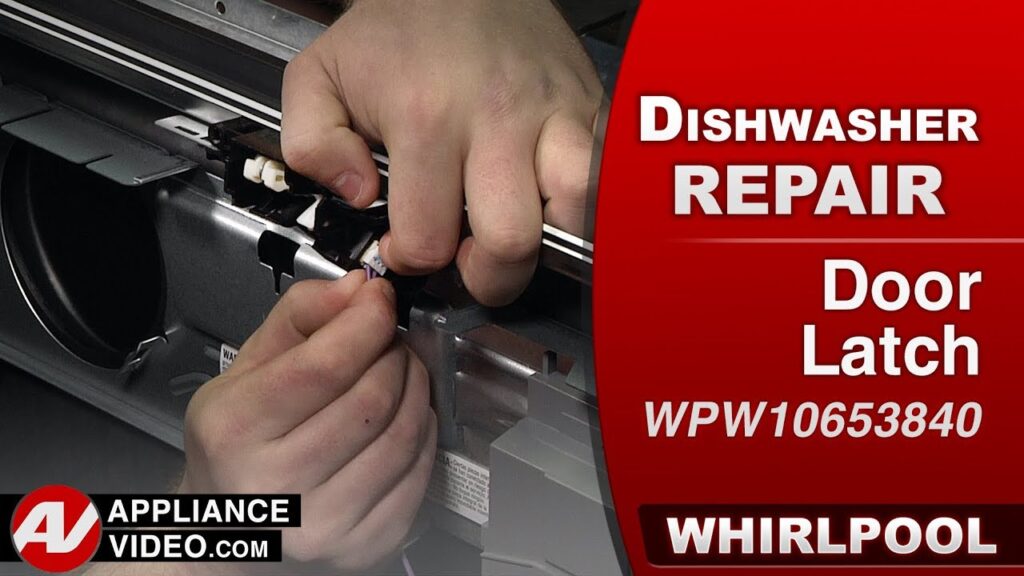
This image is property of i.ytimg.com.
Checking the door hinges
While the door latch often receives the most attention, the door hinges can also contribute to latch problems. Here’s what to do:
-
Inspect the door hinges for any damage: Carefully examine the door hinges for signs of wear, breakage, or misalignment. Damaged hinges can affect the alignment and proper functioning of the latch.
-
Replace damaged door hinges: If the door hinges are damaged, you may need to replace them. Contact the dishwasher manufacturer or a professional technician for guidance on obtaining and installing replacement hinges.
-
Adjust the door hinges for proper alignment: If the hinges appear undamaged, adjusting them may help resolve latch issues. Refer to the dishwasher manual for instructions on adjusting the hinges. This typically involves loosening or tightening the hinge screws to achieve the desired alignment.
-
Test the latch by opening and closing the door: After inspecting and adjusting the hinges, test the latch’s functionality by opening and closing the dishwasher door. If the latch problem persists, further troubleshooting may be required.
Verifying the door switch
The door switch plays a critical role in the proper functioning of the door latch. Here’s how to verify its condition:
-
Unplug the dishwasher: Always prioritize safety by disconnecting the dishwasher from the power source before performing any maintenance.
-
Locate the door switch: The door switch is typically located near the latch mechanism, on the dishwasher frame. Refer to the dishwasher manual if you’re unsure of its exact location.
-
Test the door switch for continuity: Use a multimeter or continuity tester to verify if the door switch is working correctly. Follow the manufacturer’s instructions for testing the switch and interpreting the results. If the door switch fails the continuity test, it may need to be replaced.
-
Replace the door switch if necessary: If the door switch is faulty, order a compatible replacement from the manufacturer or an authorized retailer. Follow the dishwasher manual’s instructions for safely removing the old switch and installing the new one.
-
Test the latch by opening and closing the door: Once the new door switch is installed, plug in the dishwasher and test the latch’s functionality by opening and closing the door. Ensure that the latch engages properly and the door operates smoothly.
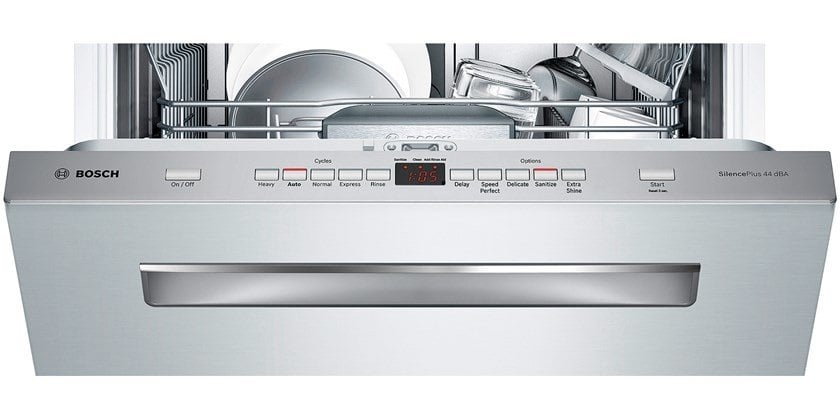
This image is property of careandrepairs.ca.
Examining the door handle and latch mechanism
The door handle and latch mechanism work in tandem to allow smooth operation of the dishwasher door. Here’s how to troubleshoot potential issues:
-
Inspect the door handle for any damage: Carefully examine the door handle for signs of breakage, wear, or misalignment. A damaged handle may prevent the latch mechanism from working correctly.
-
Replace a broken door handle: If the door handle is broken or significantly damaged, it will likely need to be replaced. Consult the dishwasher manual or contact the manufacturer for information on obtaining a compatible replacement.
-
Check the latch mechanism for any obstructions: Inspect the latch mechanism, located on the dishwasher door, for any obstructions such as debris or foreign objects. These obstructions can interfere with the latch’s ability to engage properly.
-
Remove any obstructions: If you find any obstructions in the latch mechanism, carefully remove them using a soft cloth or a tool like tweezers. Be cautious not to damage the latch or surrounding components.
-
Test the latch by opening and closing the door: After examining the door handle and latch mechanism, test the latch’s functionality by opening and closing the dishwasher door. Verify that the latch engages smoothly and securely.
Troubleshooting electronic control board issues
If all previous troubleshooting steps have not resolved the door latch problem, it’s worth inspecting the dishwasher’s electronic control board. Follow these steps:
-
Check for error codes: Consult the dishwasher manual to determine if error codes are displayed. Error codes can provide valuable information about potential electronic control board issues.
-
Reset the control board: Some control boards have a reset function that can help resolve minor issues. Refer to the dishwasher manual for instructions on how to reset the control board. Keep in mind that this step may vary depending on your dishwasher model.
-
Inspect the control board for any visible damage: Carefully examine the control board for any signs of damage, such as burns, corrosion, or loose connections. If you detect any problems, the control board may need to be replaced.
-
Replace the control board if necessary: If the control board is indeed faulty, contact the dishwasher manufacturer or a professional technician to obtain a compatible replacement. Follow the manufacturer’s instructions for safely removing the old control board and installing the new one.
-
Test the latch by opening and closing the door: Once the control board is replaced, plug in the dishwasher and test the latch’s functionality by opening and closing the door. Ensure that the latch engages properly and the door operates smoothly.
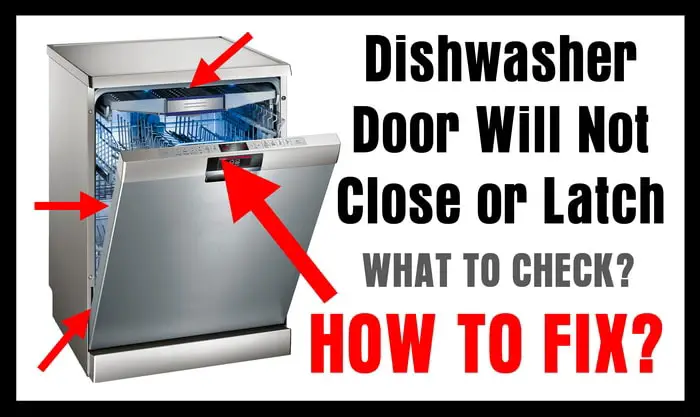
This image is property of removeandreplace.com.
Consulting the dishwasher manual or contacting customer support
If your troubleshooting efforts haven’t resolved the door latch problem, it’s time to consult the dishwasher manual or reach out to customer support. Here’s what you can do:
-
Refer to the dishwasher manual for troubleshooting tips: The dishwasher manual is an excellent resource for specific troubleshooting guidance. Look for a dedicated troubleshooting section or a chapter focused on common problems and solutions.
-
Seek assistance from the manufacturer’s customer support: If the dishwasher manual doesn’t provide the answers you need, contact the dishwasher manufacturer’s customer support. They can provide further guidance or direct you to authorized service centers for professional assistance.
Calling a professional technician
If all else fails, it may be necessary to engage the services of a certified dishwasher repair technician. Here’s what you should do:
-
Contact a certified dishwasher repair technician: Research and contact reputable dishwasher repair companies in your area. Look for technicians who are certified and experienced in dealing with dishwasher latch problems.
-
Explain the door latch problems in detail: Provide the repair technician with comprehensive information regarding the door latch issues you’re experiencing. This will help them assess the problem more accurately and bring the necessary tools and replacement parts.
-
Schedule a service appointment: Set up a convenient time for the repair technician to visit your home and assess the dishwasher’s door latch problems. Be prepared to follow their advice, whether it involves repairing or replacing components.
Remember, it’s essential to prioritize safety when troubleshooting dishwasher door latch problems. If you’re unsure about any step or feel uncomfortable handling certain tasks, it’s always best to seek help from professional technicians to ensure a proper repair.


